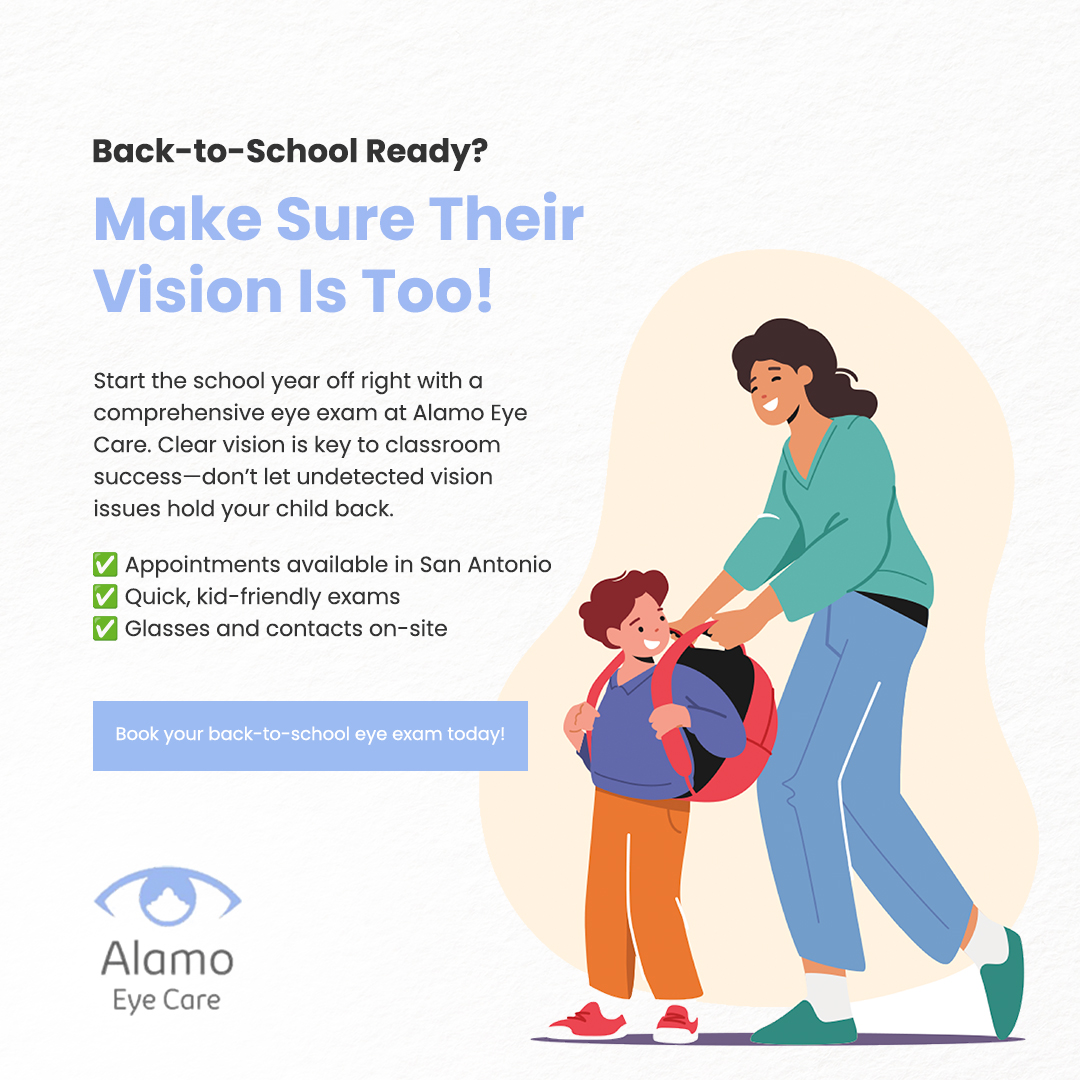
Glaucoma is one of the leading causes of irreversible vision loss, yet many people don’t realize they have it until the damage is already done. Often developing without noticeable symptoms in its early stages, glaucoma gradually affects your eyesight in ways that can significantly interfere with your daily life. Understanding how glaucoma impacts your vision and day-to-day activities and why regular eye exams are essential can help protect your long-term eye health.
How Glaucoma Affects Your Vision
Glaucoma damages the optic nerve, which is responsible for transmitting visual information from your eyes to your brain. The most common type, open-angle glaucoma, typically starts by affecting your peripheral (side) vision. As the disease progresses, your field of vision gradually narrows, resulting in “tunnel vision.” Eventually, even central vision can be compromised.
Since the early stages often present no warning signs, many people don’t realize they have glaucoma until permanent damage has already occurred. That’s why it’s often called a silent condition - it steals vision slowly and painlessly.
Real-Life Challenges Caused by Glaucoma
Losing peripheral vision can have a profound effect on day-to-day life. Here are some real-life examples of how glaucoma impacts daily activities:
Driving: Difficulty seeing vehicles, pedestrians, or objects coming from the side can make driving dangerous, especially at night or in unfamiliar areas.
Navigating Crowds: Without full peripheral vision, it becomes harder to navigate through crowded places, avoid obstacles, or maintain spatial awareness.
Reading and Screen Use: As glaucoma progresses, tasks that rely on central vision, like reading or using a computer, can become more difficult or fatiguing.
Stairs and Curbs: Reduced depth perception and side vision can increase the risk of trips and falls, especially when walking outdoors or on uneven surfaces.
Social Interaction: Missing facial cues and expressions due to narrowed vision can impact communication and social confidence.
These challenges can significantly affect a person’s independence, safety, and quality of life. But the good news is that early detection and treatment can help preserve vision and limit the progression of glaucoma.
Why Routine Eye Exams Are Crucial
Glaucoma can only be diagnosed through a comprehensive eye exam. During your exam at Alamo Eye Care, our optometrist checks your eye pressure, evaluates the optic nerve, and may perform visual field testing and imaging - all of which help us detect glaucoma early, before vision loss occurs.
Regular eye exams are particularly important if you:
Are over the age of 40
Have a family history of glaucoma
Have high eye pressure or other risk factors
Are of African, Hispanic, or Asian descent
With early diagnosis, treatment options such as medicated eye drops, laser therapy, or surgical procedures can be used to manage glaucoma effectively and slow the progression of vision loss.
Schedule Your Glaucoma Exam Today
Protect your eyesight and stay ahead of potential issues with routine eye exams. Our team is here to provide thorough, compassionate care and the latest in glaucoma detection and management.
Schedule your glaucoma exam at Alamo Eye Care and take the first step toward preserving your vision for years to come. Contact our office in San Antonio or Austin, Texas, by calling (210) 403-9050 to book an appointment today.








